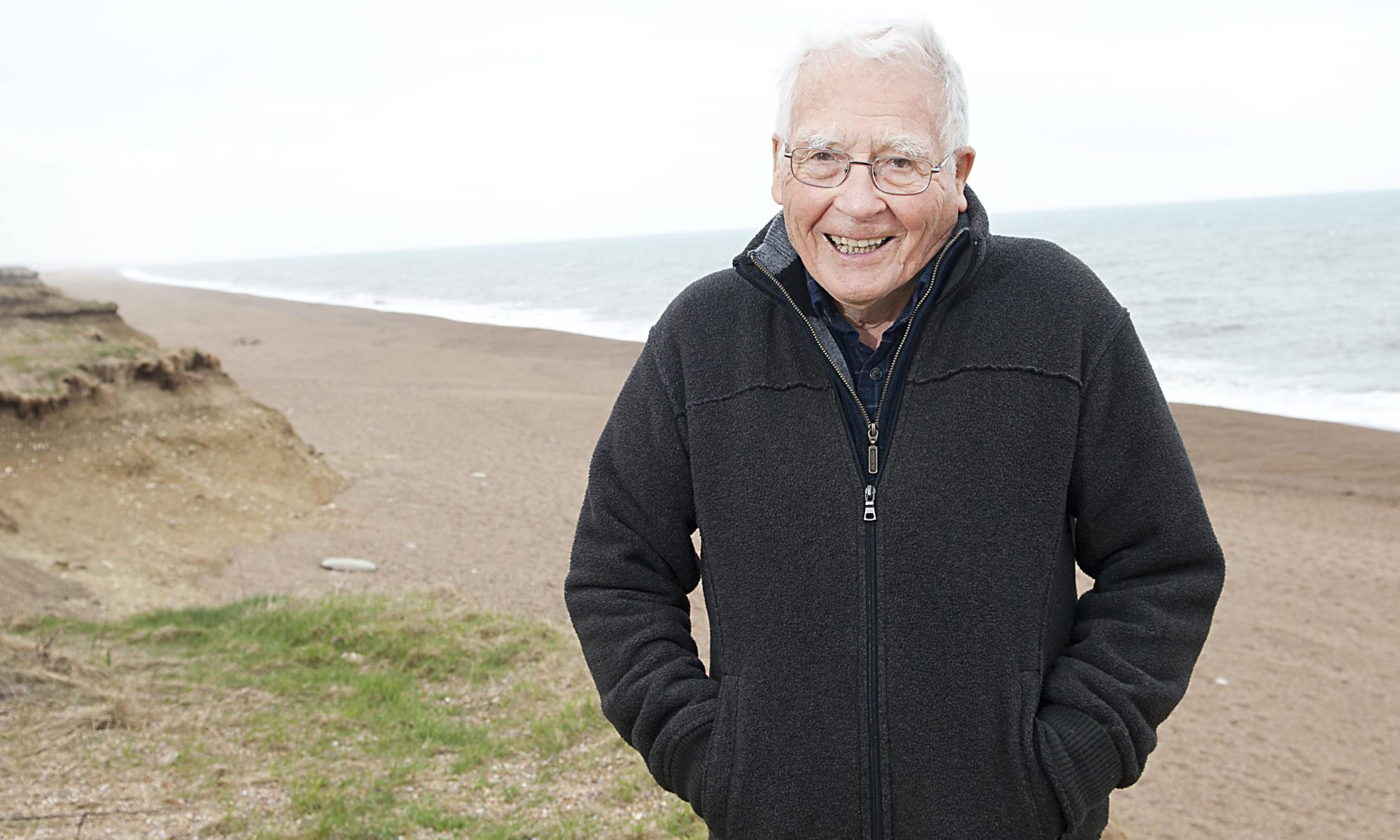In 2006 the Geological Society awarded James Lovelock the Wollaston Medal, its highest award.
Even in the illustrious history of the Society’s senior medal, first awarded to William Smith in 1831, it is rare to be able to say that the recipient has opened up a whole new field of Earth science study. But that is the case with this year’s winner, James Lovelock.
Lovelock does not lack for honours after his long and distinguished career in science. As well as more lately being created Companion of Honour and Commander of the Order of the British Empire, he became a Fellow of the Royal Society in 1974, and garnered many awards for his pioneering work in chromatography. Lovelock invented the electron capture detector for gas chromatography – an instrument whose exquisite sensitivity has subsequently been central to several important environmental breakthroughs. For example, during the 1960s it enabled the documentation of widespread dissemination of harmful and persistent pesticides like DDT, and later on the technique was extended to the polychlorinated biphenyls (PCBs).
Lovelock himself famously used the technique to chart the ubiquitous presence of chlorofluorocarbons – CFCs – in the atmosphere, triggering the discoveries (by Rowland and Molina) of the harmful influence of CFCs on atmospheric ozone – work for which they received the Nobel Prize for Chemistry in 1997. He has also developed instruments for exploring other planets than our own, including those aboard the two Viking craft that went to Mars in 1975, about which I know he will tell us in a moment.
But Lovelock really came to high public prominence for the scientific concept that has captured the imaginations of Earth scientists, biologists and public alike – the concept for which we as geologists chiefly honour him today – the Gaia Hypothesis and Theory. This view of the planet and the life that lives on it as single complex system, in some ways analogous to a homesostatically self-regulating organism, is what has given rise to the field we now know as ‘Earth System Science’, also the most recently formed of this Society’s Specialist Groups..
It is hard to over emphasize the unifying nature of this holistic world view, which has broken down artificial disciplinary barriers that have existed since the late 18th and early 19th Century when Societies such as this were first formed, and the wonderful richness of insight that has flowed from the multidisciplinarity that has followed. This is especially so in the understanding of feedback loops between life and the environment, especially the dimethyl sulphide-cloud albedo-surface temperature (CLAW) hypothesis, and the whole idea that life coupled with its material environment regulates planetary temperature and chemical composition over long timescales by influencing rates of silicate weathering.
James Lovelock, it gives me enormous pleasure to reward this towering career with the highest honour the Society can bestow.
James Lovelock replied:
I am deeply grateful to you and to the Geological Society for this generous act of recognition and I sense that today may be an historical occasion that marks the moment when Gaia is at last regarded as a legitimate topic for discussion among scientists. I am not formally trained as a geologist but Gaia has made me an Earth scientist and so I am particularly pleased that the Geological Society is the first senior scientific body in the world to give recognition. Your act in making this award moves me much more than you can know. All of us, as scientists, know that we can never be certain; and all that I ask is that you take the theory as a useful source of predictions and a way of thinking about the Earth, especially now that it and we are in danger.
In the 65 years of my life in science, my role has been to bring separated things and ideas together and make the whole more than the sum of the parts. Curiously the first award I received for doing this was over 40 years ago and from the space agency NASA. They wanted to send to Mars, as part of the Viking spacecraft, a complex instrument made up of a gas chromatograph and a mass spectrometer. It was to be used in analysing the volatile and potentially life-characteristic substances in the Martian regolith.
The problem they presented to me was that the whole thing must weigh no more than seven pounds – and this limit left nothing for the vacuum pumps, without which the mass spectrometer could not work. My solution to their problem was to connect the gas chromatograph to the mass spectrometer with a few inches of tubing made of Wollaston’s metal, palladium. Its near magical capacity to pump away hydrogen allowed the combined instrument to function throughout the active life on Mars of the Viking landers. I get pleasure looking up at Mars on a clear night to know that those two pieces of palladium are now part of the Martian landscape. It seems fitting to close the 40-year saga of Gaia with a second gift of palladium.
